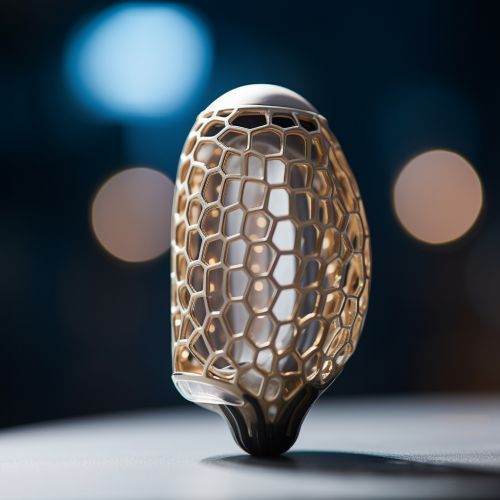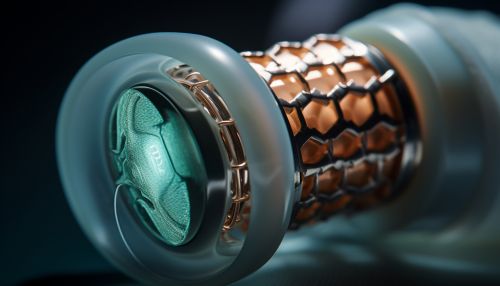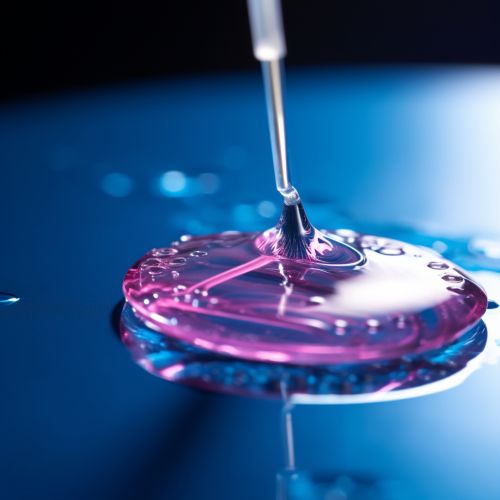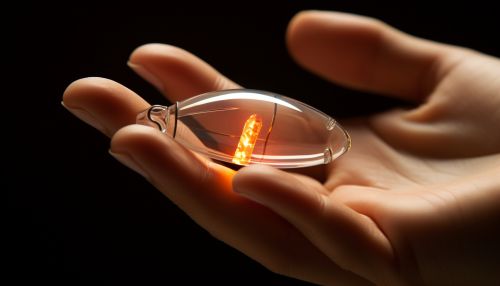Advances in Biocompatible Materials for Medical Implants
Introduction
Biocompatible materials are substances that can interact with living tissues without causing adverse reactions. They are crucial in the field of medical implants, where they are used to replace or augment human body parts. The development and advances in biocompatible materials have greatly improved the functionality and longevity of medical implants, leading to better patient outcomes and quality of life. This article delves into the various advances in biocompatible materials for medical implants, discussing their properties, applications, and the future of this vital field.


Biocompatible Materials: An Overview
Biocompatible materials, also known as biomaterials, are natural or synthetic substances designed to interact with biological systems for medical purposes. They are used in a variety of applications, including prosthetics, drug delivery systems, tissue engineering, and medical implants. The primary requirement for these materials is biocompatibility, which means they must not induce an adverse reaction when introduced into the body.
Advances in Biocompatible Materials
Over the years, there have been significant advances in biocompatible materials, driven by the need for improved performance, longevity, and safety of medical implants. These advances have been in various areas, including material design, fabrication techniques, and surface modifications.
Material Design
The design of biocompatible materials has evolved significantly, with a focus on creating materials that mimic the properties of natural tissues. For example, hydrogels have been developed that closely resemble the soft and hydrated nature of human tissues. These materials are used in a variety of applications, including contact lenses and tissue engineering scaffolds.


Fabrication Techniques
Advances in fabrication techniques have also played a crucial role in the development of biocompatible materials. Techniques such as 3D printing and electrospinning have enabled the creation of complex structures with precise control over their physical and chemical properties. These techniques have been instrumental in the development of personalized implants, which are tailored to the specific needs of individual patients.
Surface Modifications
Surface modifications of biocompatible materials have also seen significant advances. These modifications, which include chemical treatments and coatings, are used to enhance the biocompatibility and functionality of the materials. For example, bioactive glass coatings are used to promote bone growth and integration in orthopedic implants.
Applications of Biocompatible Materials
Biocompatible materials are used in a wide range of medical applications. Some of the key areas include:
Orthopedic Implants
Biocompatible materials are widely used in orthopedic implants, such as hip and knee replacements. Materials such as titanium, stainless steel, and cobalt-chromium alloys are commonly used due to their strength and durability. However, recent advances have led to the development of new materials, such as polyether ether ketone (PEEK) and bioactive glass, which offer improved biocompatibility and bone integration.
Cardiovascular Implants
In the field of cardiovascular implants, biocompatible materials are used in devices such as heart valves and stents. These materials need to be highly biocompatible and blood-compatible to prevent adverse reactions such as thrombosis. Materials such as polyurethane and polytetrafluoroethylene (PTFE) are commonly used, but recent advances have led to the development of novel materials and coatings that offer improved performance and longevity.
Dental Implants
Dental implants are another key application of biocompatible materials. Materials such as titanium and zirconia are commonly used due to their strength and biocompatibility. However, advances in material design and surface modifications have led to the development of new materials that offer improved osseointegration and aesthetic outcomes.
Future Directions
The field of biocompatible materials for medical implants is continually evolving, with ongoing research aimed at developing new materials and improving existing ones. Some of the key areas of focus include the development of bioresorbable materials, which are designed to degrade and be absorbed by the body after fulfilling their function. This eliminates the need for surgical removal and reduces the risk of long-term complications.
Another area of focus is the development of smart materials, which can respond to changes in their environment. These materials could be used to create implants that can adapt to changes in the body, improving their functionality and longevity.
